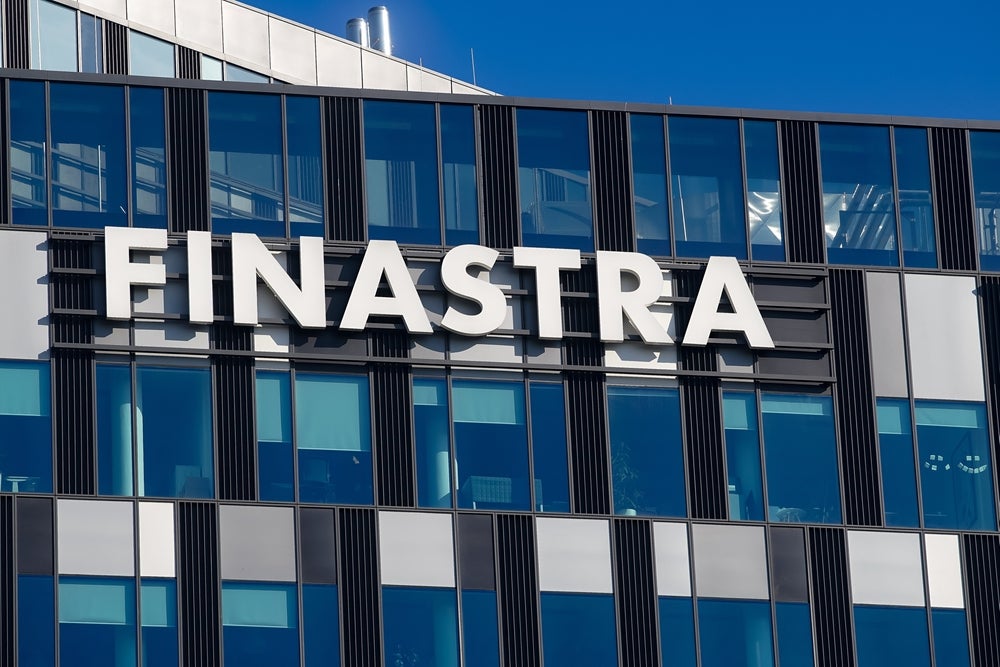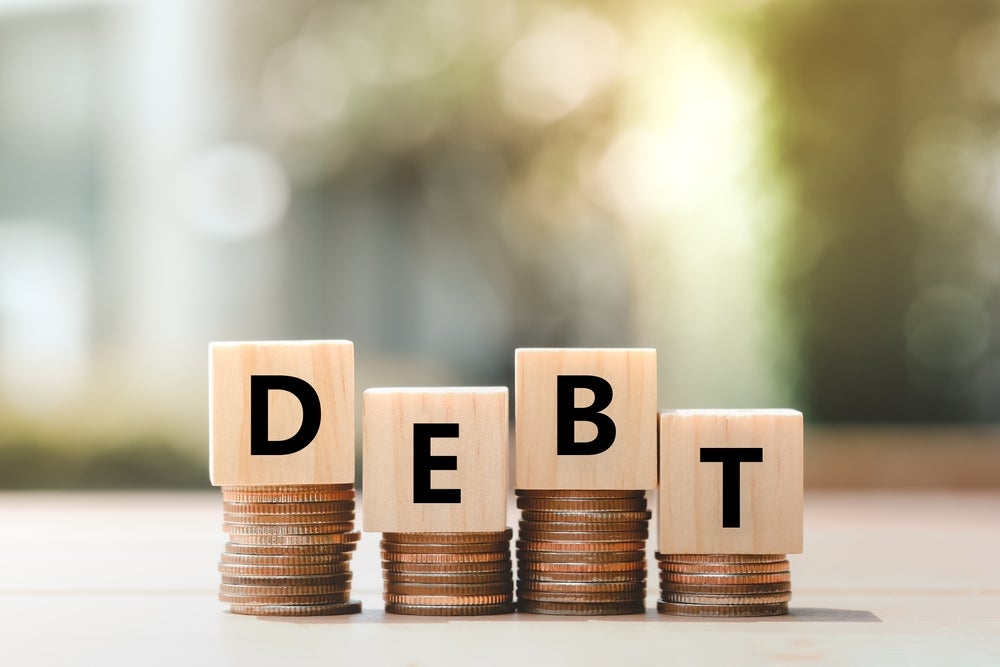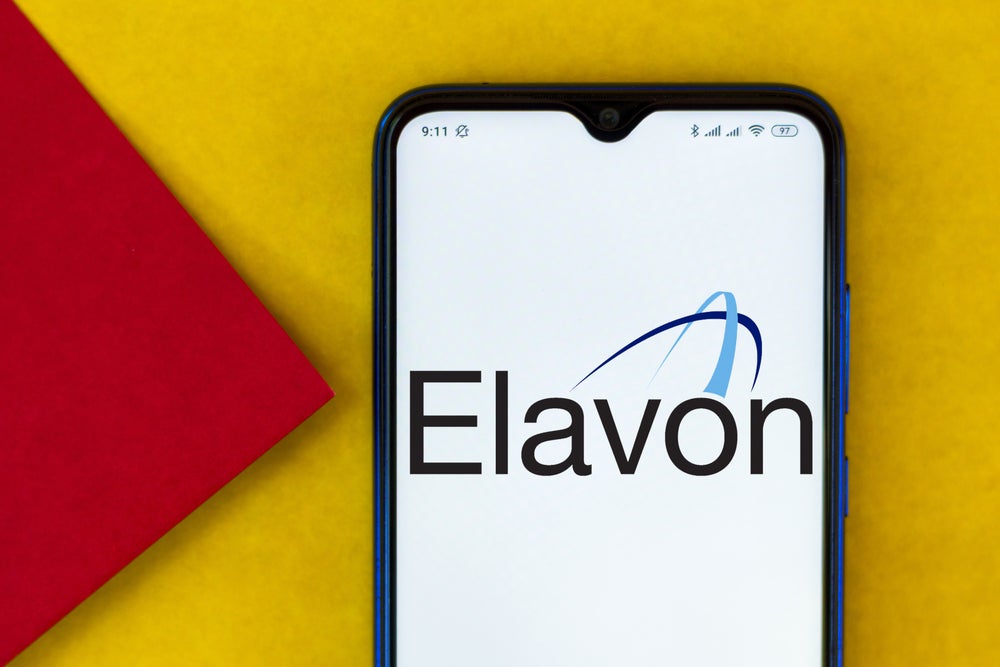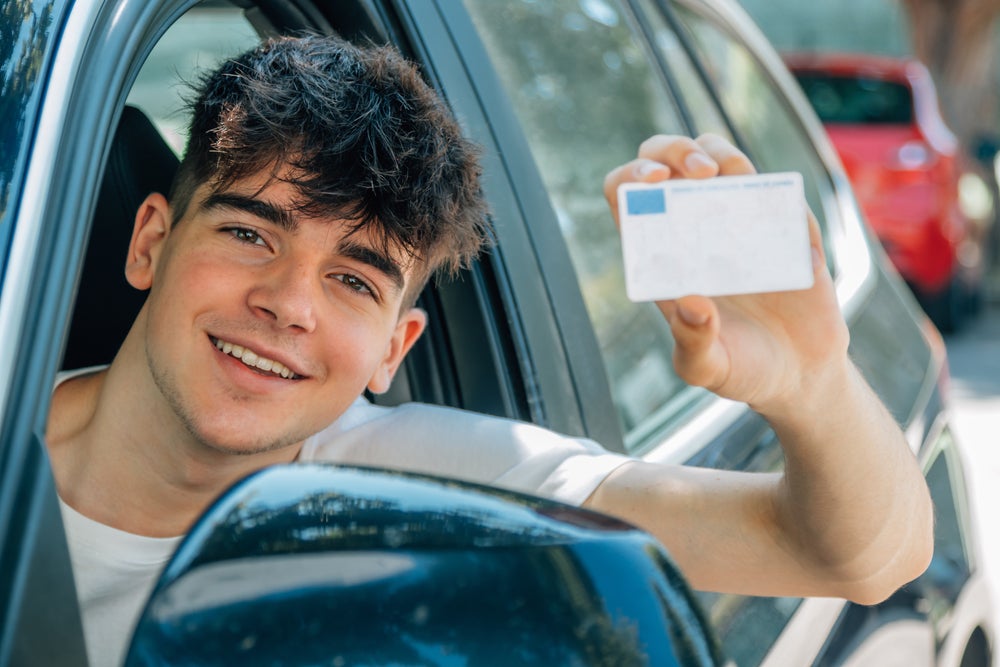Contactless payments in the UK are increasingly favoured by shoppers, according to figures released by two payments giants. Franchesca Hashemi consolidates the latest data from MasterCard and Barclaycard to give a snapshot of the UK’s contactless scene present and future and what are the main drivers of the trend
MasterCard’s data found a 560% increase in UK contactless payments in comparison to the twelve months prior to August 2015, up from a 373% increase in the year to July 2014. It shows the rapid adaptation of contactless spending, bolstered by greater awareness.
Barclaycard has reported that contactless spending amongst its customers has more than trebled in the last twelve months, with year-on-year spending up 150% by value and 134% by volume. Both companies expect the British contactless spending rate to continue to swell as the expenditure limit increases from £20 to £30 on September 1st 2015.
Upward trend
According to MasterCard, at the start of 2012, the year the limit was raised to £20, the average contactless purchase by cardholders was for £4.52. Nowadays it is £7.29.
Mark Barnett, President of MasterCard UK & Ireland said: "The pace of growth we are seeing in contactless is getting ever faster as we rely less and less on cash. Consumers enjoy the speed and convenience of tapping to pay.
"We expect this upward trend to persist with consumers continuing to migrate to contactless card payments and increasingly to mobile payments, as we work with partners such as Apple to enable more convenient ways to pay."
How well do you really know your competitors?
Access the most comprehensive Company Profiles on the market, powered by GlobalData. Save hours of research. Gain competitive edge.

Thank you!
Your download email will arrive shortly
Not ready to buy yet? Download a free sample
We are confident about the unique quality of our Company Profiles. However, we want you to make the most beneficial decision for your business, so we offer a free sample that you can download by submitting the below form
By GlobalDataThe number of contactless card transactions made by MasterCard customer has quadrupled since last summer (457%), according to the company’s own analysis.
Similarly, Barclaycard’s figures show 6 in 10 British consumers (57%) expect to increase their contactless usage when the expenditure limit increases.
The same research found women are closing the gap on men when it comes to contactless adoption, with females now accounting for 45% of active customers compared to 36% at the end of 2014. In addition, 50% of contactless users are now aged 50 or over, with 20% aged 65 plus, suggesting the technology is embraced by all consumers regardless of gender or age.
High value payments
Tami Hargreaves, head of contactless at Barclaycard said: "Over the next year we expect the limit increase alongside the forthcoming launch of High Value Payments – where contactless transactions over £30 can be made using a mobile device combined with Chip and PIN authorisation – to drive this growth even further. Ultimately, the uptake of contactless spending is a ‘win-win’ for consumers and businesses alike."
Currently, higher value payments are possible with Apple Pay, due to its fingerprint authentication, which satisfies the security concerns around high value contactless payments. This is available in any store which has the POS software to support it.
MasterCard’s data shows that since 2012, its customers have on average doubled the number of times they tap to pay. It is yet another sign of cardholder increasing confidence in the technology.
Regionally, Leeds has seen the biggest increase in contactless usage, Barclaycard’s data found. The city’s residents are spending 211% more this year compared to last. Blackpool’s year-on-year contactless spending increased by 200% in 2015, while Newcastle is up by 192%. Manchester’s contactless adaptation has spiked by 191% and Edinburgh’s by 190%. Contactless spending UK-wide is expected to maintain rapid growth as a number of businesses outside of London offer the technology.
Yet London remains the UK’s contactless capital, as Barclay’s analysis shows: "London continues to lead the way for contactless penetration with 40% of eligible transactions, up from 30% in 2014.
"Barclaycard was a key partner in TfL’s roll out of contactless travel in London, which has now seen more than 150 million journeys since its launch September 2014."
Overall levels of fraud on contactless cards remain very low, according to MasterCard. The UK Cards Association figures show £153,000 of recorded losses during 2014 in comparison with total spending of £2.32bn. This, MasterCard states, represents 0.7p in every £100 spent on contactless and is one of the lowest fraud rates for any form of payment.
Trends
Barclaycard has published an analysis of its cardholder’s contactless transactions from July 2015 and compared it with July 2014. It found supermarkets are most likely to receive contactless payments, accounting for a third (29%) of the analysed transactional volume, then restaurants (20%) followed by transport (18%). Barclaycard’s data shows that the average supermarket contactless bill amounts to £23, while more people are dining at restaurants than they were 12 months ago, with year-on-year spending rising 13.6%. Interestingly, however, the analysis has found that people are now spending less money on eating out, with the average bill down by -5.6%. However, the increasing frequency of restaurant bills that are settled using contactless highlight consumer’s adaptation and acceptance of contactless.
Tami Hargreaves, Barclaycard’s head of contactless said: "In the fifty years that we’ve been in business, we’ve seen consumers adopt many innovations in payments that have become part of our everyday lives."
Barclay launched wearable contactless technology range ‘bPay’ in June 2015. It offers a wristband, fob and sticker, costing £24.99, £19.99 and £14.99 respectively.
In an example of the increasing acceptance, MasterCard has collaborated with stadia hosting the 2015 Rugby World Cup to roll out contactless payments at matches.
The card company has stated that Twickenham Stadium in South West London, which boasts an 82,000 person capacity, has more than 450 terminals including all of its shops, bars and concession stands.
MasterCard’s Barnett added: "At this year’s Rugby World Cup, fans needn’t spend so much time queueing for drinks at half-time. We want to speed up the payment process so they don’t miss any of the action. Contactless shows its versatility very well in the big stadium environment."







